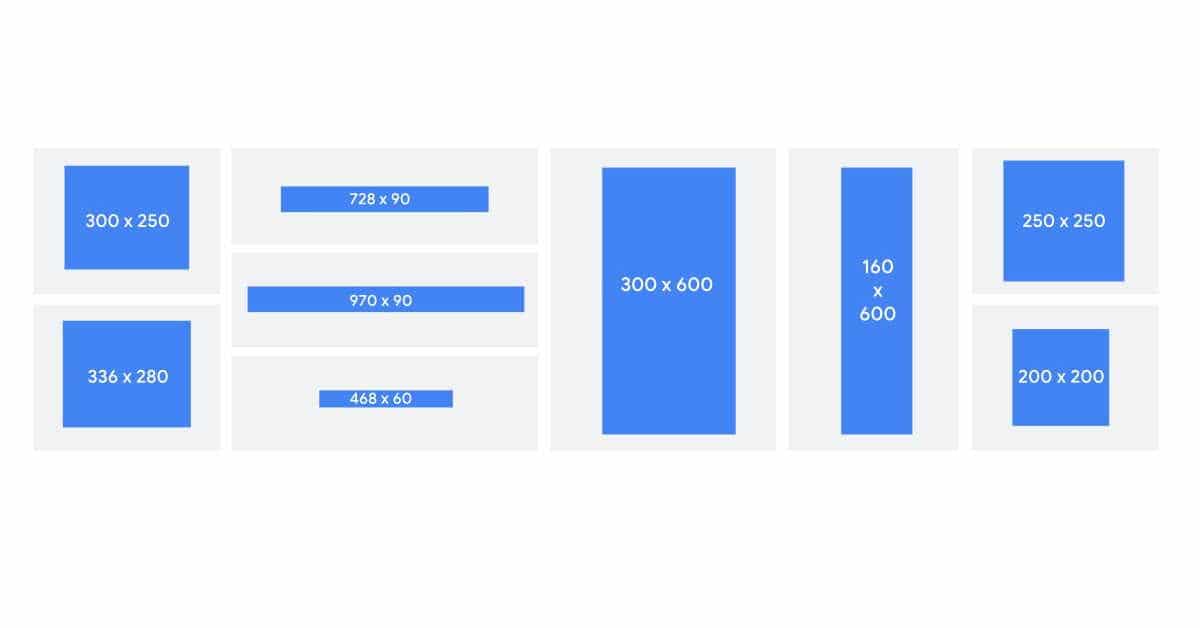In today’s fast-paced digital world, publishers are constantly seeking innovative ways to monetize their content effectively. One such solution that has gained significant attention is the use of ADX (Ad Exchange) mobile and web interstitials. These ad formats offer a compelling proposition for publishers looking to maximize their revenue streams while delivering a seamless user experience. In this blog post, we will explore what ADX mobile and web interstitials are and why they are so interesting for publishers.
Understanding ADX Mobile and Web Interstitials
Before we delve into the benefits, let’s take a moment to understand what ADX mobile and web interstitials are:
Interstitial Ads: Interstitial ads are full-screen advertisements that appear at natural transition points in the user’s journey, such as between different pages or when launching a mobile app. These ads are highly engaging as they take up the entire screen, ensuring that users can’t miss them.
Now, let’s explore why ADX mobile and web interstitials are interesting for publishers.
1. High Impact, Engaging User Experience
One of the primary reasons publishers are drawn to ADX interstitials is their ability to create a high-impact and engaging user experience. By occupying the entire screen, these ads capture the user’s full attention. This increased visibility and engagement often result in higher click-through rates (CTRs) and improved conversion rates for advertisers, which, in turn, means more revenue for publishers.
2. Increased Revenue Potential
Publishers are always on the lookout for opportunities to boost their revenue, and ADX interstitials offer a promising avenue. These full-screen ads typically command higher CPMs (Cost Per Mille) compared to traditional banner ads or in-feed placements. Additionally, since interstitials are displayed at key interaction points, advertisers are willing to pay a premium to reach users when they are most engaged.
3. Better User Targeting
ADX leverages advanced targeting capabilities to ensure that interstitial ads are displayed to the most relevant audience. This not only enhances the user experience by showing users ads that are more likely to interest them but also increases the likelihood of ad engagement and conversions. This precise targeting can lead to higher revenue for publishers due to increased advertiser demand for their inventory.
4. Mobile and Web Compatibility
ADX mobile and web interstitials are versatile and can be seamlessly integrated into both mobile apps and websites. This cross-platform compatibility allows publishers to monetize their content across a wide range of devices, reaching a broader audience and maximizing revenue potential.
5. Easy Integration with Google Ad Manager
Many publishers already use Google Ad Manager to manage their ad inventory. ADX interstitials integrate seamlessly with this platform, simplifying the ad management process. Publishers can easily set up interstitial ad placements, monitor performance, and optimize their ad strategy for maximum revenue.
6. Enhanced User Experience Control
Publishers have the flexibility to control the frequency and timing of interstitial ad displays to ensure a positive user experience. This control helps strike a balance between revenue generation and user satisfaction, reducing the risk of overwhelming users with ads.
Conclusion
ADX mobile and web interstitials are powerful tools that can significantly boost a publisher’s revenue while providing a captivating ad experience for users. Their ability to create high-impact engagements, coupled with advanced targeting capabilities and cross-platform compatibility, makes them an appealing choice for publishers looking to monetize their content effectively. By leveraging these ad formats, publishers can strike the perfect balance between user experience and revenue generation, ultimately driving success in the competitive digital landscape.




